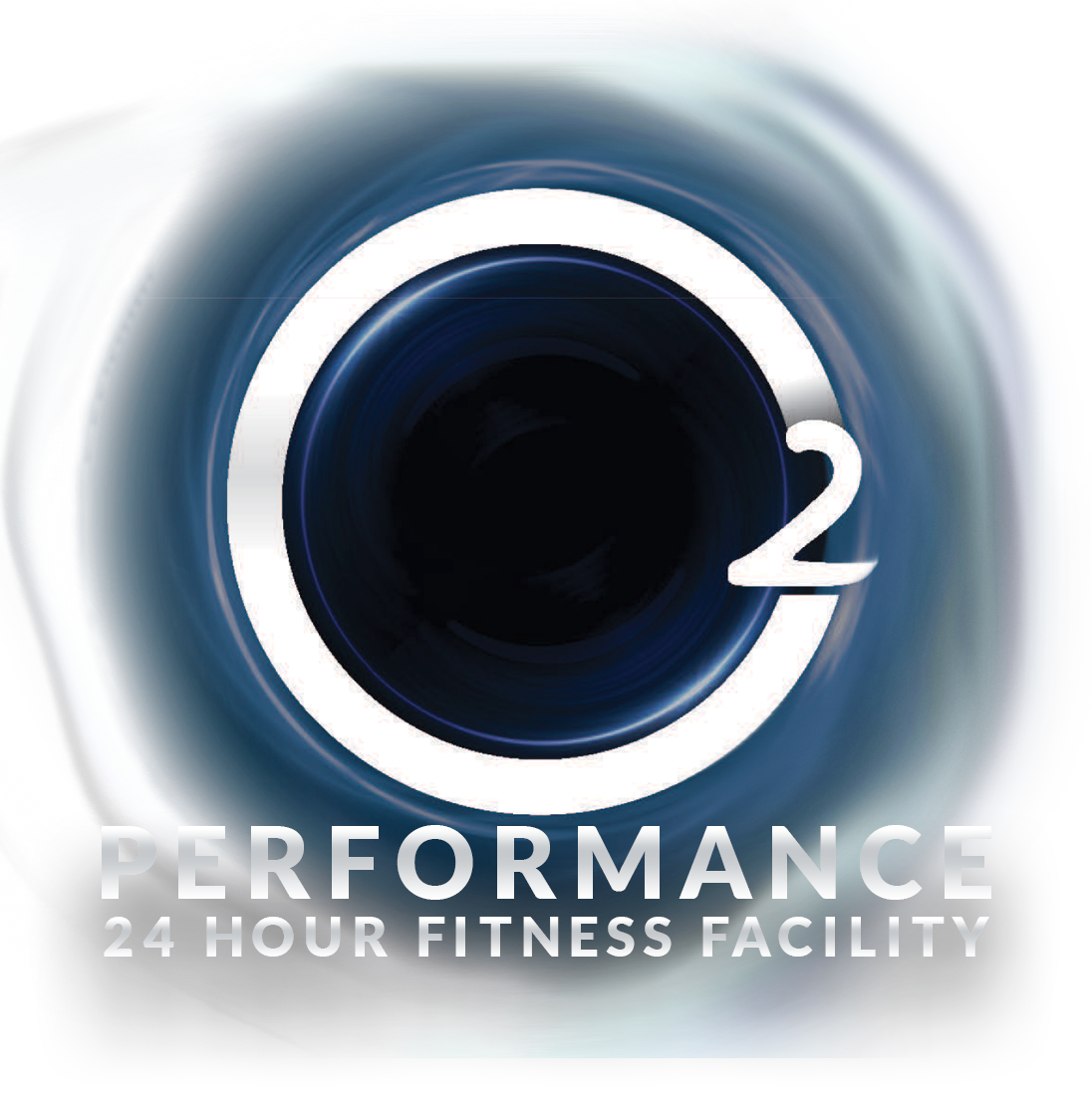Mastering Progressive Overload: The Five Pillars of Strength Training Manipulation
Today, we're diving into the essence of strength training manipulation, a fundamental strategy for achieving progressive overload and maximising gains. In the pursuit of building strength and muscle, understanding the five pillars of manipulation—reps, sets, weight, tempo, and rest period—is paramount. These elements serve as the building blocks of effective programming, allowing you to continually challenge your body and stimulate growth.
Reps: The Foundation of Progress
Repetitions, or reps, form the foundation of any strength training regimen. Whether you're aiming for hypertrophy, strength, or endurance, the number of reps you perform influences the outcome of your workout. Low-rep sets (typically 1-5 reps) emphasise strength and power development, while higher rep ranges (around 8-12 reps) target muscle hypertrophy. By strategically adjusting your rep ranges, you can tailor your workouts to meet specific goals and keep your muscles guessing.
Incorporating variation into your rep schemes is essential for preventing plateaus and stimulating continuous adaptation. Periodically cycling through different rep ranges not only challenges your muscles in new ways but also helps prevent overuse injuries and mental burnout. Experiment with pyramid sets, drop sets, and reverse pyramid training to keep your workouts fresh and effective.
Sets: Building Blocks of Progression
Sets work in tandem with reps to dictate the volume and intensity of your workouts. Manipulating the number of sets you perform can significantly impact your training outcomes. Increasing the number of sets can enhance muscle stimulation and metabolic stress, promoting greater muscle growth over time. Conversely, reducing the number of sets while increasing intensity is an effective strategy for strength gains.
Progressive overload isn't solely about lifting heavier weights—it's also about challenging your muscles in different ways to promote growth and adaptation. By strategically adjusting your set volume, you can ensure continual progress while preventing staleness in your routine. Experiment with different set structures, such as supersets, giant sets, and rest-pause sets, to keep your workouts dynamic and engaging.
Weight: The Load Bearing Secret
The weight you lift during strength training serves as a primary driver of progressive overload. As you become stronger, gradually increasing the resistance you use is essential for continued growth and development. Progressive overload occurs when you consistently challenge your muscles with heavier weights, forcing them to adapt and grow stronger over time.
However, it's crucial to find the right balance between lifting heavy enough to stimulate growth and maintaining proper form to prevent injury. Incrementally increasing the weight you lift, known as linear progression, is a tried-and-true method for steadily advancing your strength. Additionally, incorporating periodisation—cycling through phases of high and low intensity—can help you break through plateaus and continue making gains.
Tempo: Controlling the Pace
Tempo refers to the speed at which you perform each repetition within a set. Manipulating tempo can profoundly influence the time under tension (TUT) experienced by your muscles, which is a key factor in muscle growth and strength development. By controlling the tempo of your lifts, you can target specific muscle fibres and enhance the effectiveness of your workouts.
Experimenting with tempo variations, such as eccentric, concentric, and isometric contractions, can yield significant results in your training. Slowing down the eccentric (lowering) portion of the lift, for example, increases muscle damage and stimulates greater hypertrophy. Conversely, speeding up the concentric (lifting) phase can improve explosive power and athletic performance. Incorporating tempo manipulation into your workouts adds a new dimension to your training and accelerates progress.
Rest Period: The Key to Recovery
Rest periods between sets play a crucial role in strength training manipulation and progressive overload. Properly managing rest intervals allows your muscles to recover sufficiently between sets, ensuring optimal performance and adaptation. The duration of your rest periods can influence the intensity of your workouts and the overall effectiveness of your training session.
Shortening rest periods increases metabolic stress and elevates heart rate, promoting greater calorie expenditure and metabolic conditioning. Conversely, longer rest periods allow for more complete muscle recovery, enabling you to maintain intensity throughout your workout. By strategically adjusting rest intervals based on your goals and training objectives, you can optimise performance and maximise gains.
In conclusion, mastering the five pillars of strength training manipulation—reps, sets, weight, tempo, and rest period—is essential for achieving progressive overload and realizing your fitness goals. By strategically manipulating these variables, you can keep your workouts challenging, dynamic, and effective, ensuring continual progress and long-term success.

